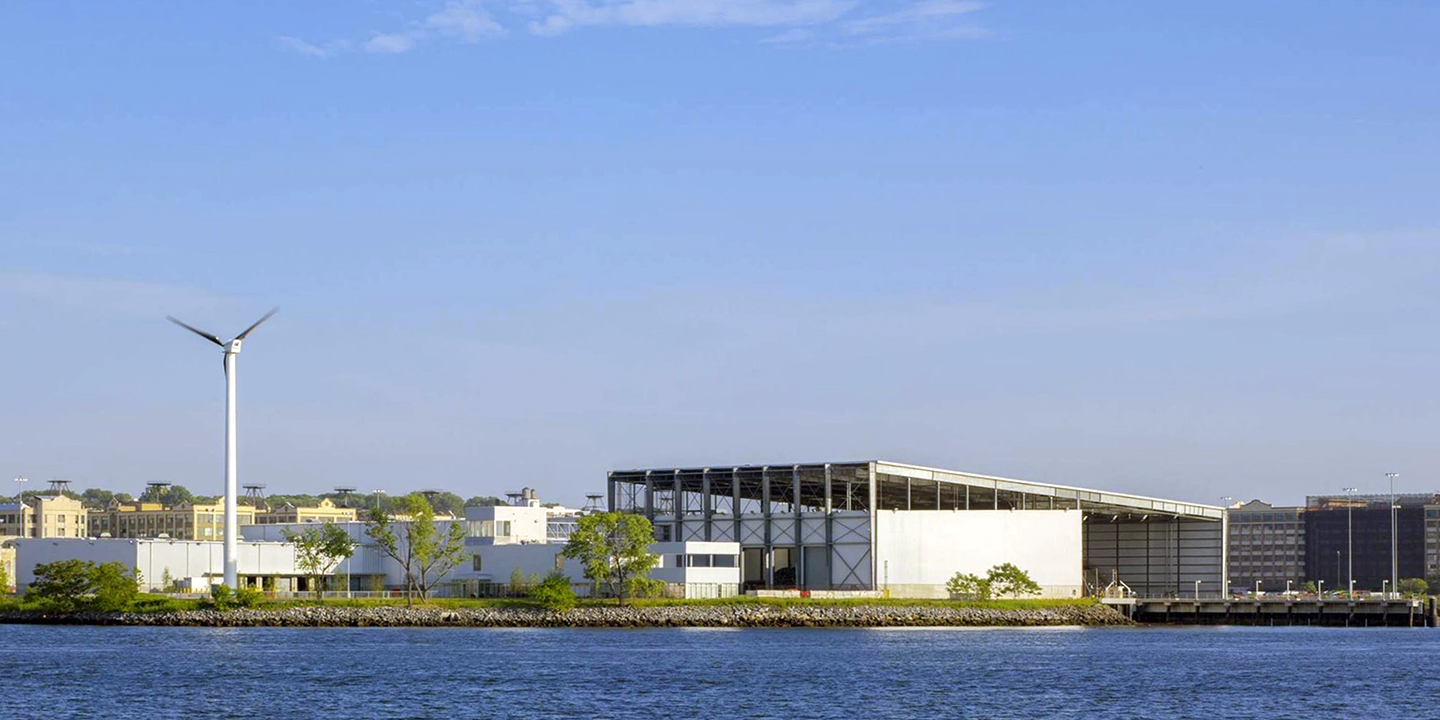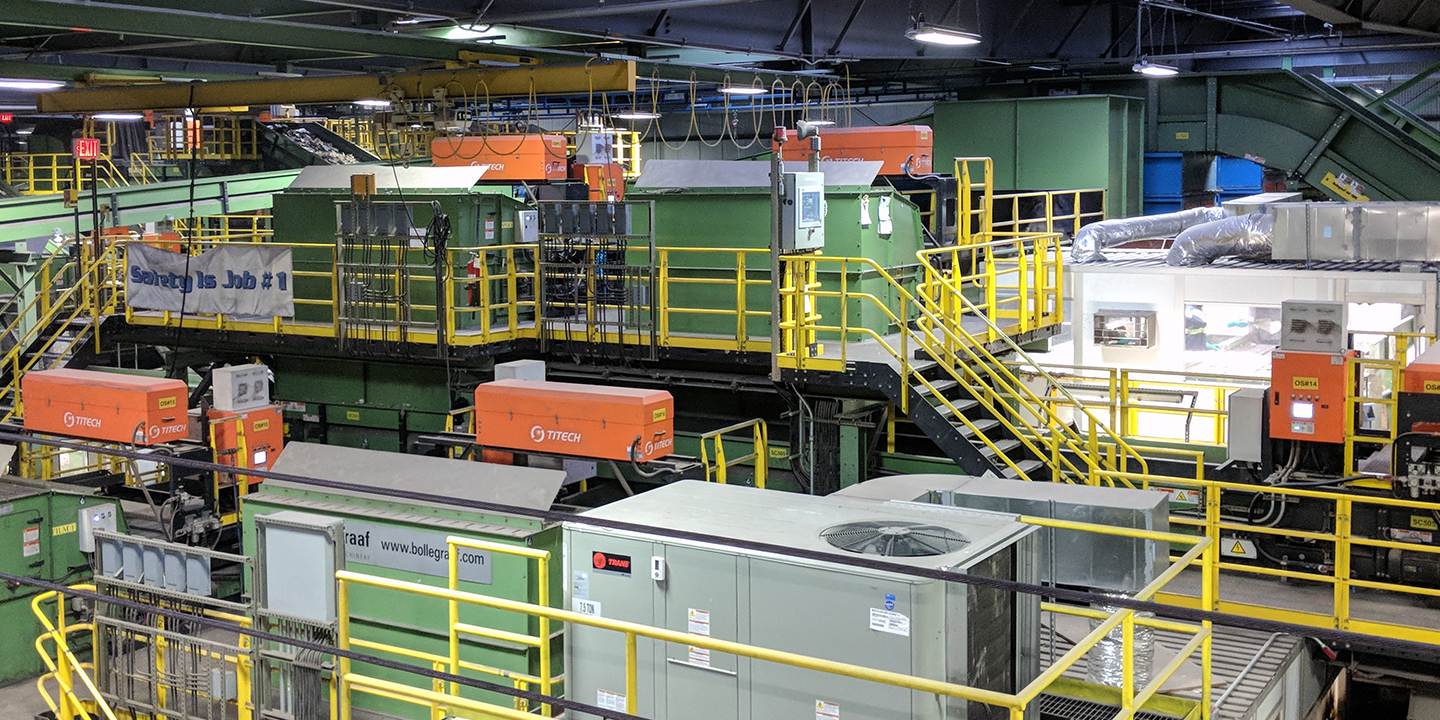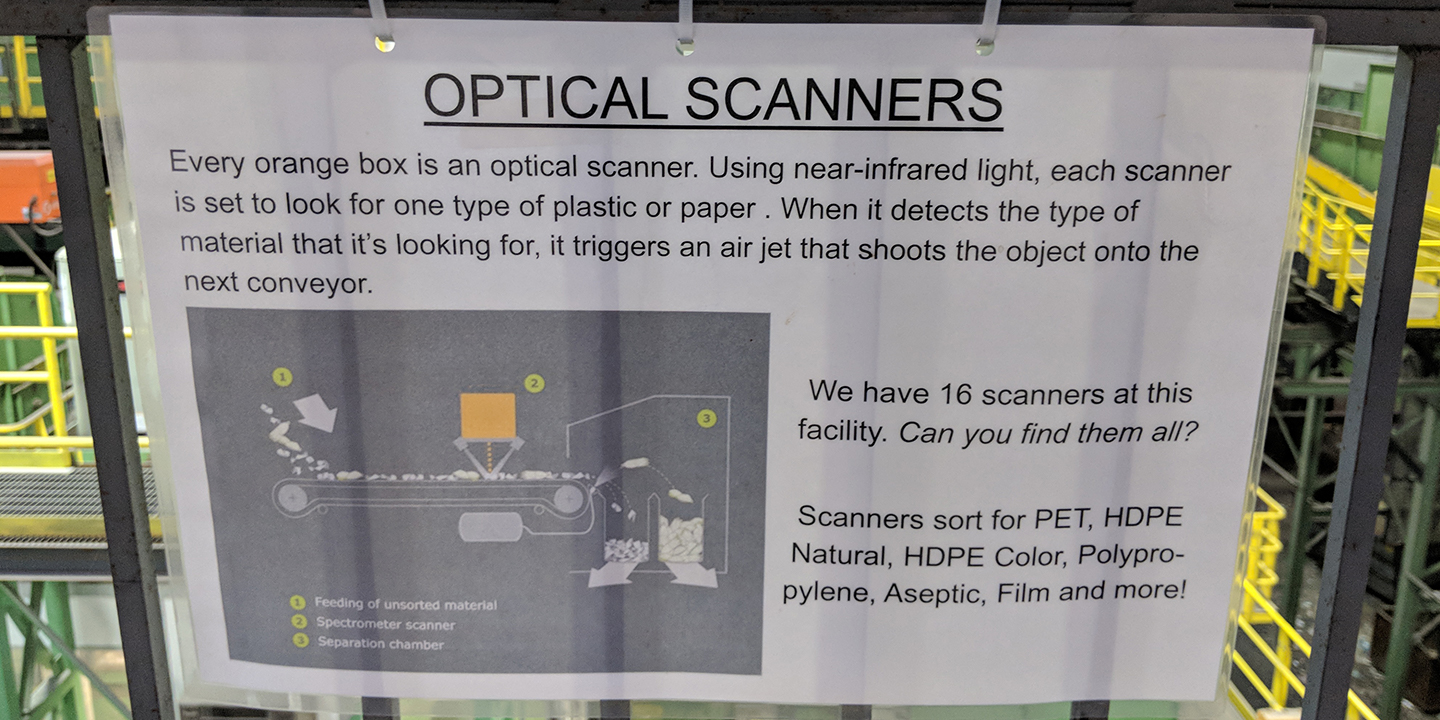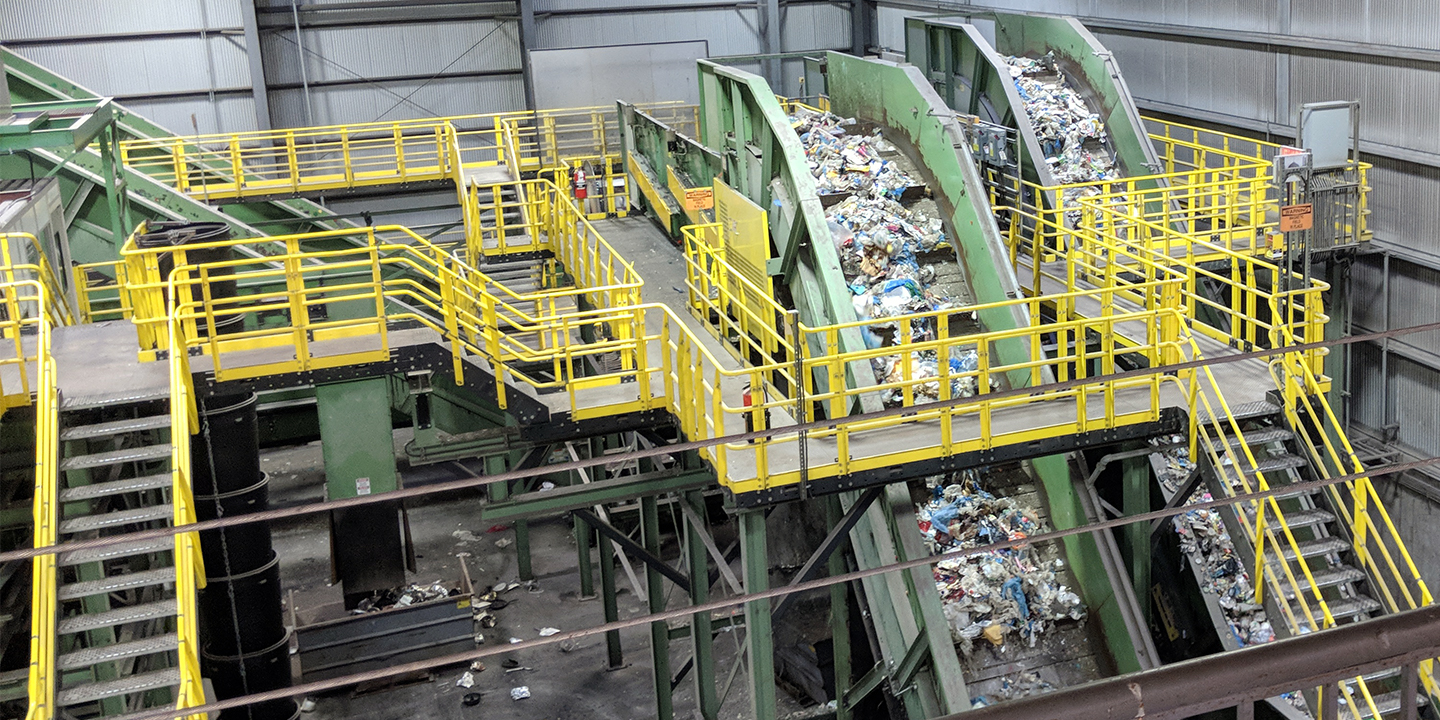
If there’s one thing that people are good at it’s generating trash.
If there are two things people are good at, it’s developing innovative solutions to problems... and generating trash.
At the intersection of these abilities lie cutting-edge recycling centers like Sims Municipal Recycling. Located in Sunset Park, Brooklyn with an unobstructed view of the Statue of Liberty, Sims Municipal is responsible for collecting and processing over half of the recyclable material collecting in New York City. This amounts to over 800 tons of tons of material each day.
That’s a lot of trash.
In order to accommodate such an enormous amount of waste, Sims Municipal utilizes a combination of traditional sorting practices with optical sensors to identify and sort objects to be recycled. We recently visited their facility in Brooklyn to learn more about their process and how it was made possible by the boom in sensor technology.
Sensor Boom
Before we dive into how Sims does what they do, you may be wondering, “Hey, Octopart? Why are you talking about trash? What does this have to do with electronic components?”
To answer that question let’s take a step back and provide some context.
In the world of components, sensors are one of the fastest growing categories. Here at Octopart, we've seen the total page views for sensors grow 37.7% from October 2016 to October 2017. A number that beat the average growth seen in other categories by 10%.
Optical, thermal, motion, pressure; all types of sensors are being deployed in new and innovative ways. From motion and pressure sensors in your phone to smart thermostats, sensors are everywhere and in more products than ever before.
As sensor size shrinks and microprocessor power increases, the combination has allowed for new solutions to complex problems and improving pre-existing processes. With Sims, deploying sensors to sort waste has allowed them to scale their operation in order to meet the demands of New York City.
Sorting with Sensors
Located throughout the twisting labyrinth of conveyor belts inside the Sims facility are sixteen Tomra Autosorts Housed inside of a distinctive orange casing, the Autosort uses high resolution, near-infrared sensors to identify up to 10,000 plastic objects per minute with over 95% accuracy.

These sensors can be programmed to detect different materials like HDPE and PET plastics and clear glass. For colored glass, Sims uses the Redwave optical sorter. Additional scanners can be added over time to accommodate new materials once they become more prevalent in the waste stream.

As with any technology, these scanners aren’t without some limitations. Spectrographic sorting can be thrown off by darker colors, specifically gray and black. Labels can also prove troublesome, as these sensors perform a surface level scan of the object, causing items with large labels to be misidentified. Food is another confounding factor for these sensors, so you might want to start rinsing your recycling before you throw it out. Even with these highly efficient scanners, humans are still required to compensate for their shortcomings.
Once an object has been scanned and identified, a targeted blast of air will move it along the proper path. Once all materials have been sorted into their respective categories, everything is compressed into bales which can then be sold as raw material to be used in the creation of new items.

Sensors Shaping Behavior
Beyond increasing efficiency in waste processing, the use of sensors has reshaped the behavior of plastics manufacturers. Because of limitations of the scanners in detecting darker colored PET plastics, manufacturers have begun to produce containers with lighter colors to improve recyclability.
As we continue to excel at creating waste, Sims Municipal’s use of optical sensor technology has enabled them to keep up. Thanks to the boom in sensor application creating the technology that possible for them to develop this highly efficient plant, Sims and other similar plants will be continue to improve in efficiency and capability.
Still, much like the workers in the plant checking for material that the sensors missed, there is more we can do to supplement the technology in use.
At the end of the tour, our guide offered us some parting advice: Leave bottle caps on. It makes them easier to recycle.
And don’t throw out batteries. They tend to explode.